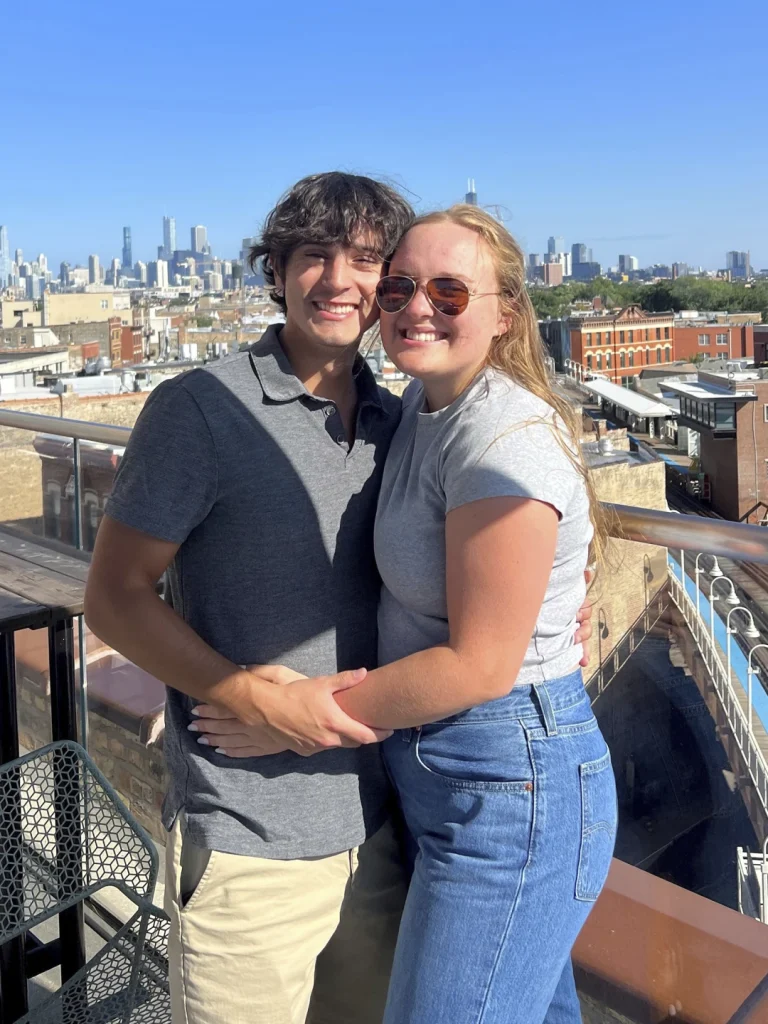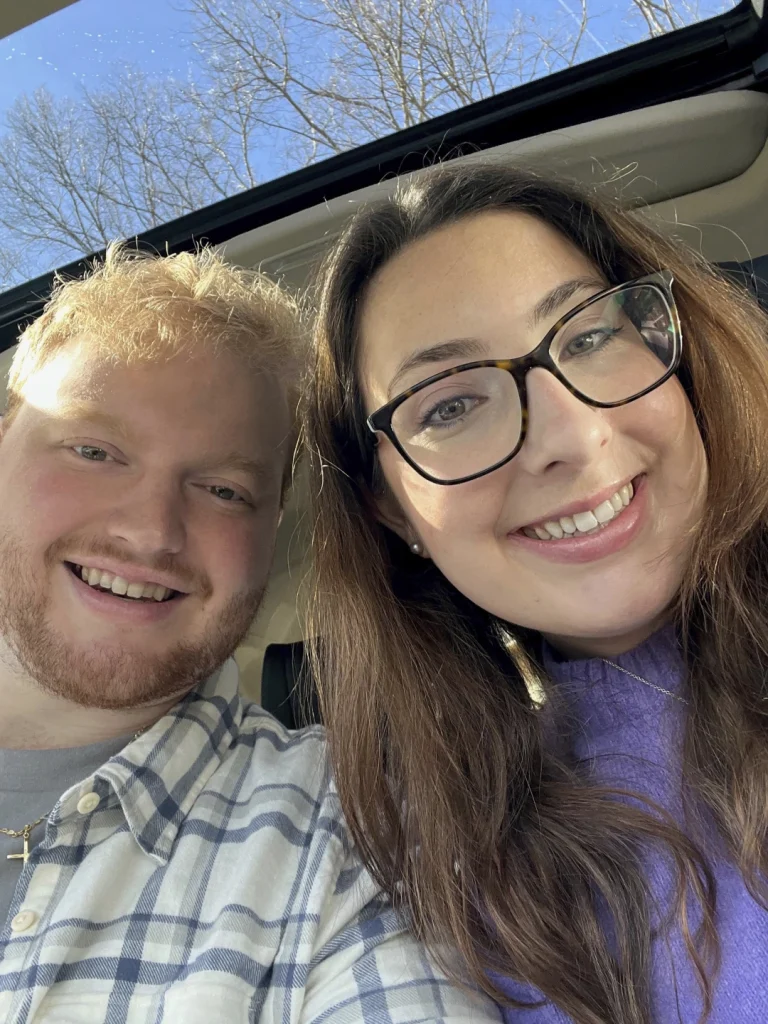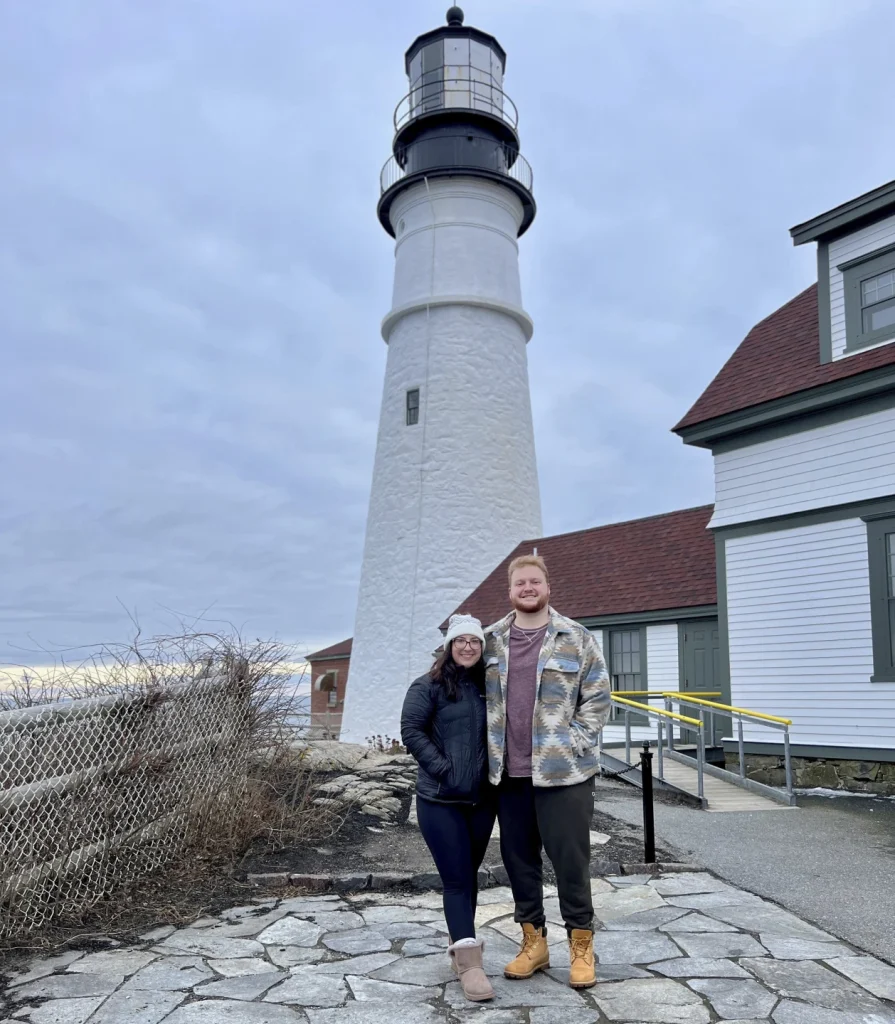In the realm of romantic tales, there exists a narrative that has transcended the boundaries of fiction and found its way into the real lives of many individuals. The story of two friends making a pact to marry each other if they remain single by a certain future date or age has long been a trope in popular culture.
However, what was once considered a clichéd plotline has now been revitalized through the innovative concept of the Marriage Pact—an annual matching ritual that has captured the attention and hearts of students on nearly 90 college campuses across the United States.
Originating as an economics project conceived by two students at Stanford University in 2017, the Marriage Pact has evolved into a phenomenon with nearly half a million participants to date.
The essence of the pact lies in an algorithm that evaluates potential matches based on a series of statements reflecting personal preferences and values.
Unlike traditional dating apps and services that inundate users with numerous options, each student engaging in the Marriage Pact is assigned just one match, along with a percentage indicating the quality of the match and an email address for communication.
The underlying principle of the Marriage Pact is rooted in the belief that within the vast pool of individuals at one’s college, there exists at least one person who could serve as a suitable backup plan in the realm of relationships.

This individual may not be the epitome of perfection or the proverbial Prince Charming, but rather someone who could potentially complement one’s own qualities and values.
As Liam McGregor, one of the creators of the pact, aptly puts it, the idea is to find someone who may not be the perfect fit, but could be the right fit in certain circumstances.
The allure of the Marriage Pact lies in its simplicity and intrigue. Many students partake in the ritual for amusement, often with friends, and do not pursue further interaction with their assigned match.
Some encounters fizzle out without any follow-up, while a small fraction of participants discover lasting connections that culminate in long-term relationships, and in rare cases, even marriage.
Max Walker and Melia Summers stand as a testament to the transformative power of the Marriage Pact. Initially students at New York University, their casual participation in the pact in fall 2020 led to a serendipitous connection that blossomed into a profound love story.
Despite being separated by geographical distances—Walker in New York and Summers at NYU’s Abu Dhabi campus—their online interactions gradually evolved into a meaningful relationship.
Their first in-person meeting, a simple outing for pizza, occurred nearly a year after their initial match. Subsequently, their bond deepened, and they are now set to exchange vows on June 29, with the algorithm rating their match at an impressive 99.65%.
The success stories of couples like Max and Melia underscore the potential for genuine connections to emerge from unconventional avenues such as the Marriage Pact.
By eschewing superficial criteria like physical appearance and focusing instead on fundamental values and compatibility factors, the pact offers a refreshing approach to modern matchmaking.
The tailored questionnaire employed by each campus ensures that the matching process delves into essential aspects of communication styles, conflict resolution, personal beliefs, and lifestyle choices, thereby fostering meaningful connections based on shared values and principles.
As the Marriage Pact continues to gain momentum and expand to new campuses, its impact on the landscape of collegiate relationships is palpable.
In a time marked by the challenges of pandemic restrictions and the complexities of modern dating, the simplicity and sincerity of the pact offer a beacon of hope for those seeking genuine connections in a world often characterized by fleeting interactions and superficial judgments.
The essence of the Marriage Pact transcends mere matchmaking; it embodies the spirit of possibility, serendipity, and the belief that amidst the chaos of everyday life, there exists the potential for unexpected connections to bloom into enduring love stories.
In a society where relationships are often dictated by algorithms and swipes, the Marriage Pact stands as a reminder of the inherent magic and unpredictability of human connections, beckoning individuals to embrace the journey of discovery and companionship with an open heart and a willingness to explore the depths of possibility.

As the tales of love and fortuitous encounters spurred by the Marriage Pact continue to unfold, one thing remains certain: within the realm of relationships, where destiny and choice intersect, the promise of finding one’s match—be it a soulmate, a confidant, or a kindred spirit—remains a timeless and enduring pursuit that transcends the confines of tradition and convention.
In the tapestry of life’s myriad narratives, the Marriage Pact shines as a beacon of hope, a testament to the resilience of human connection, and a celebration of the boundless possibilities that await those willing to take a chance on love, fate, and the transformative power of shared moments that have the potential to shape the course of a lifetime.
In the midst of a world grappling with the challenges of a global pandemic, an unexpected trend emerged among young adults seeking connection and companionship – the Marriage Pact.
What began as a casual endeavor for many, driven by curiosity and a desire for something to occupy their time while confined to their homes, has evolved into a fascinating social experiment that sheds light on the complexities of modern relationships.
As highlighted by McGregor, the mastermind behind the Marriage Pact, approximately 30% of matches from this unconventional matchmaking exercise culminate in face-to-face meetings.
Furthermore, an intriguing statistic reveals that 1 in 9 of these encounters blossom into relationships that endure for a year or longer. Such outcomes, while not guaranteed to lead to everlasting love, underscore the potential for meaningful connections to arise from seemingly random pairings.
The unexpected surge of interest in the Marriage Pact took McGregor by surprise, surpassing all initial expectations.
What was intended as a modest project aimed at garnering 100 participants quickly snowballed into a phenomenon that captured the attention of a significant portion of the Stanford community.
The overwhelming response, with over 1,000 sign-ups within the first day and a staggering 60% participation rate by the end of the week, speaks volumes about the innate human desire for connection and the allure of serendipitous encounters.
The anecdote of Paul Armstrong and Shelby Merrill, whose seemingly serendipitous match boasted a remarkable compatibility rating of 99.9%, offers a glimpse into the unpredictable nature of the human heart. What began as a lighthearted endeavor, spurred by peer influence and a sense of whimsy, blossomed into a budding romance characterized by mutual interest and genuine affection.
Armstrong’s thoughtful gesture of sending Merrill a personalized resume, complete with his interests and quirks, served as a catalyst for their burgeoning relationship, demonstrating that sometimes, love can indeed be found in the most unexpected of places.
The evolving dynamics of modern relationships, as exemplified by the experiences of individuals like Armstrong and Merrill, highlight a shift towards a more nuanced and open-minded approach to love and companionship.
The notion of a “marital backup plan” morphs into a journey of self-discovery and shared experiences, as couples navigate the intricacies of forming meaningful connections in an increasingly digital age.
As Armstrong and Merrill embark on their first overseas adventure together, the prospect of future cohabitation and shared milestones looms on the horizon.
Their willingness to embrace the uncertainty of the future, coupled with a sense of patience and a lack of urgency, underscores a refreshing perspective on relationships that prioritizes authenticity and emotional connection over societal expectations.

In conclusion, the Marriage Pact phenomenon serves as a poignant reminder of the enduring quest for love and companionship that transcends societal norms and conventions.
While not every match may lead to a fairy-tale romance, the journey of self-discovery and human connection that emerges from such endeavors is a testament to the resilience of the human spirit and the boundless possibilities inherent in the realm of relationships.
As we navigate the complexities of modern romance, may we approach each encounter with an open heart and a willingness to embrace the unexpected twists and turns that define the tapestry of human connection.
Through the lens of the Marriage Pact, we are reminded that love, in all its forms, is a journey worth embarking on, with each encounter offering a glimpse into the infinite possibilities that lie ahead.
